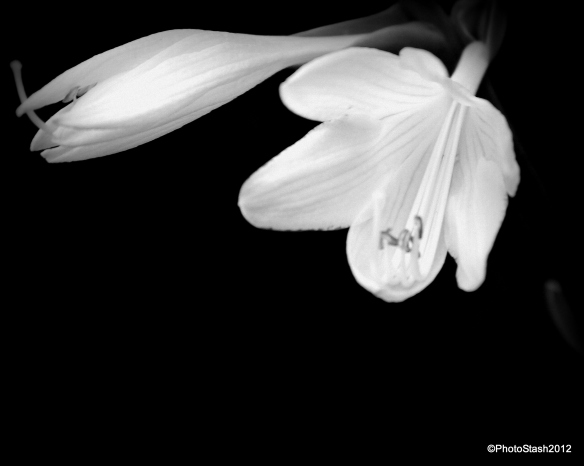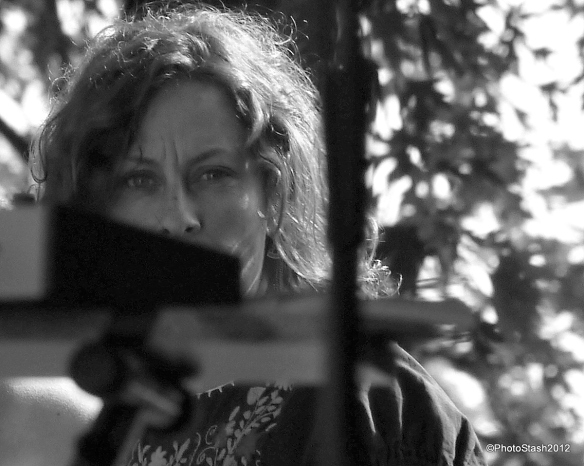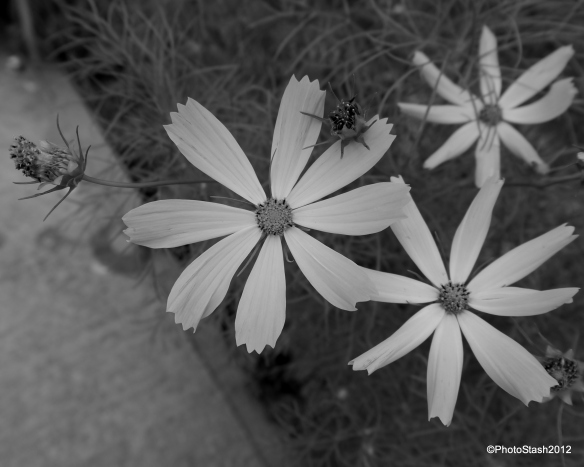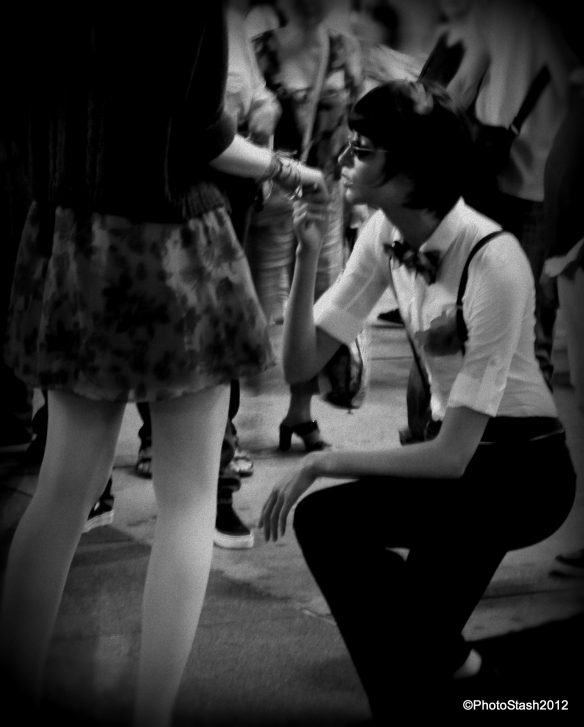Small batch jam, No pectin, No canning, 2 ingredients, 2 hours from raw fruit to in your mouth! Tart & sweet, this is a grown-up jam, not the sickly sweet stuff we ate as kids.
We are lucky enough to have concord grape vines covering our back patio, and although a shortage of bees this spring meant that a lot of the grapes didn’t mature, there are enough ripe ones ready now for the raccoons to visit in the night! To save them from the critters, I decided to try my hand at some jam.

The nice thing about jam is that you can make just one jar for your fridge and eat it until it’s gone. No need to make a HUGE batch with enough jars to survive an apocalypse! No need to go through all the canning steps if you just start eating it right away.
INGREDIENTS:
- A bunch of grapes – I used about 8 cups of grapes (I just filled a big bowl!)
- Some sugar – I used about 1.5 to 2 cups of raw sugar (It’s what was left in my sugar jar!)
***Before you start, put a little plate in the freezer. You’ll use it at the end to test the jam.***
STEP ONE:

Pick or buy some grapes (maybe you have a neighbour whose vines have grown beyond their property line?)
I make sure that I remove the stems and any “icky” grapes as I do this because it’s just easier to work with less variables. We have a lot of the “icky” grapes due to a lack of pollination so I’m pretty careful as I pull them off the vine one by one!
STEP TWO:


After you rinse your grapes, separate the skin from the pulp. You just squish the concord grape in your fingers and the pulp pops out! It’s mildly tedious, but really doesn’t take all that long. If you have kids available to you, this might be a good job for them!
STEP THREE:


Over medium heat cook the grape pulp (the middle of the concord grape). It’s approx 15 to 20 minutes of a light simmer (little bubbles, not big splashing rolling boiling mush!). I use a flat bottom slotted wooden spoon to make sure nothing is sticking to the bottom of the pot. I stir frequently and keep an eye on it, but I don’t stand over the pot the whole time. Good tunes for kitchen-dancing are helpful at this stage!
You will notice that the seeds are suddenly all through the cooking pulp and that the whole mixture is becoming more liquid. Don’t worry about perfection. As long as most of the pulp has softened and let go of the seeds, then you are ready for Step Six. (Four and Five are not 100% necessary, but they help and can be done during Step Three or by your minions)
STEP FOUR:


While I’m cooking the pulp, I toss the grape skins (which do have a bit of grape flesh attached to them) into the blender for a very quick zip-zip. Some recipes I looked at don’t do this, but I found it a nice easy way to make sure that I didn’t have big skins in my jam, and so I didn’t have to do any extra straining (because no one likes straining stuff).
STEP FIVE:

I’m not sure how vital this step is, but apparently it keeps the sugar from cooling your pulp. Toss the sugar into a cake pan or something similar and put it in the oven at the lowest temperature. My oven starts about 150F I think, but the numbers actually start at 200. Regardless, just make sure it’s at the lowest temp, and if you happen to miss this step I’m pretty sure it won’t wreck anything. Warm sugar sure does smell nice though.
STEP SIX:



If you have a metal sieve that will work, I have also heard that cheesecloth is a good alternative. Basically I just mush the cooked down pulp around the colander a bit at a time until I only have seeds left. At first I kept the seeds aside in case I wanted to look up how to make Grape Seed Oil! Then I came to my senses and threw them in the compost bin.
STEP SEVEN:


At this stage I moved to a bigger pot because I like to see just how many things I can get dirty in my kitchen, and also because I realized I now had almost double the goop when I added in the grape skins.
I stirred the sugar into the grape pulp and skin mixture. If you choose to use more sugar than I did, then I would suggest adding the sugar a bit at a time. Still on Medium heat, and still looking for a gentle little simmer and NOT a big rolling boil.

This is the MOST IMPORTANT PART! You will be cooking for about 30-45 minutes now, and you must gently stir more and more frequently as the mixture cooks down a bit and gets thicker. Take a potty break BEFORE you start this.
Again, a square bottom spoon is helpful to keep the jam from sticking to the bottom, but it’s not necessary to go shopping if you don’t have one. Just be thorough when you stir.

Here it is starting to look like jam, but it is still really smooth and runny. Be patient. (My first batch resulted in really delicious Grape Sauce – terrific on ice cream or yoghurt, not too great for spreading on toast) Oh – this is also the stage where you may regret the white shirt you are wearing…or maybe that’s just me. The thicker the jam gets, the more apt you are to find a fine spray of grape goo in a small radius around the pot.

See how it has changed texture here? Now it looks a bit lumpy and thick and it is time to test it on the plate you tossed in the freezer before you started!

Throw a spoonful onto the cold plate and put it back in the freezer for one minute. If it stays clumped like jam and starts to form a little skin on top then it’s ready! I had to do this test twice. Instead of washing my plate quickly and popping it back in the freezer for test number 2, I licked it clean and savoured the tastiness!
I turned off the heat and got a couple of recycled jars (jam or spaghetti sauce jars work just fine) and after letting the jam cool for a few minutes I filled a little jar to take to a dinner party that evening, and put the rest in a couple of little jars for my own fridge. Nothing like handing a jar of warm jam to your host when you arrive for dinner! Just be sure to tell them it must be refrigerated and consumed within a few weeks because it is not pressure sealed as it would be if we processed the jars like my grandmother used to.

STEP EIGHT:
Treat yourself to some freshly baked bread and pile on the jam!
I’m not a canning expert, so if you want to preserve your jam to give away at Christmas, do some googling and make sure you are making a safe product. For now I’m happy with the eat-it-now method of jam making!
I’d love to try this with alternate sugar sources (my sister is allergic to cane sugar) so it would be great to hear from anyone who like to experiment a bit!



































